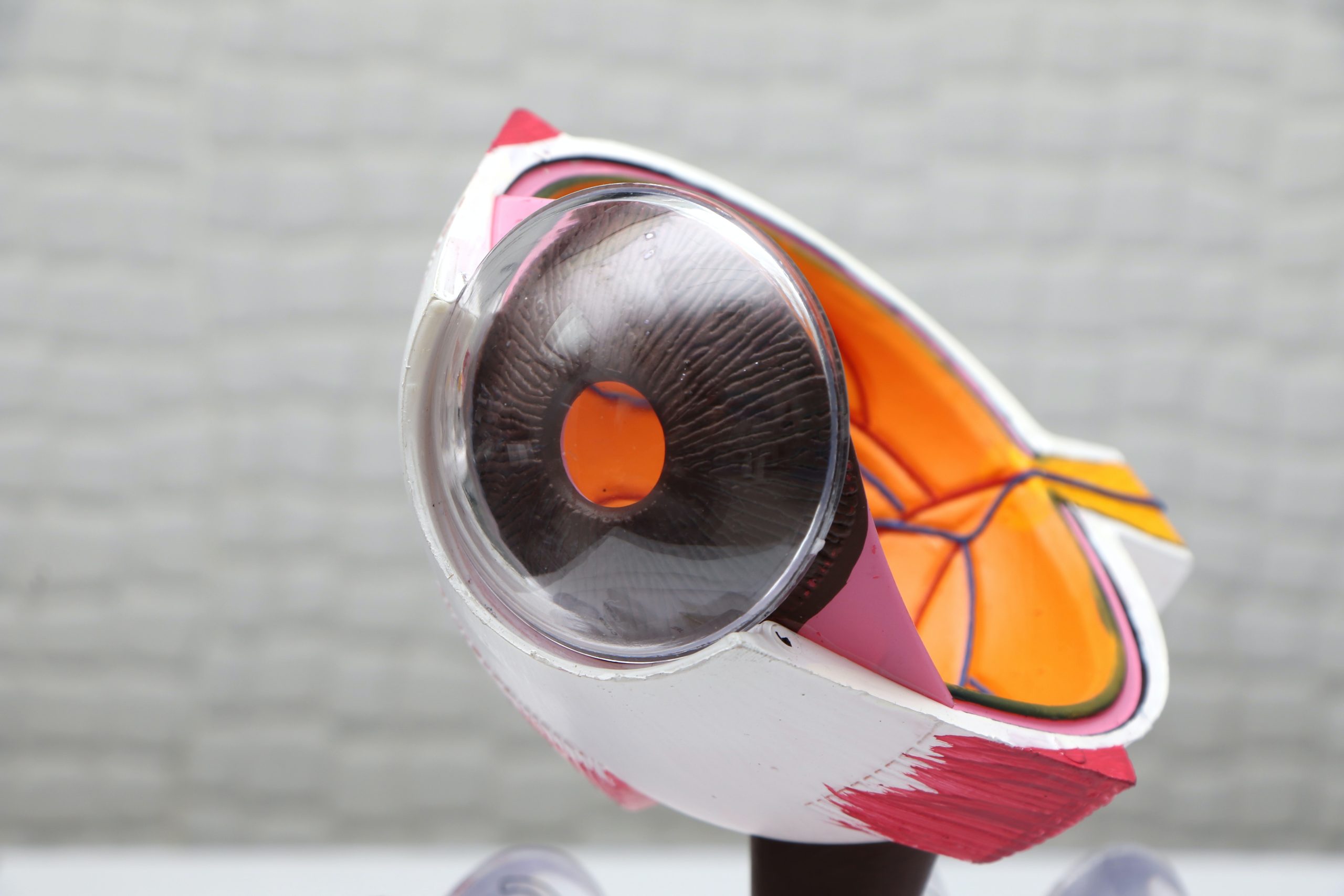Introduction:
Art has long been recognized as a powerful medium for expressing emotions, thoughts, and ideas. Within the realm of visual arts, colors play a vital role in evoking feelings and influencing our psychological state. From vibrant reds to calming blues, artists have harnessed the psychological impact of colors to create captivating and emotionally resonant works. In this article, we will delve into the intricate relationship between colors and emotions, exploring how artists utilize this connection to convey their messages and captivate audiences.
- The Psychology of Colors:
Colors possess a unique ability to communicate beyond words, tapping into the deepest recesses of our minds. Psychologists and artists have long studied the psychological effects of colors on human emotions and behavior. Each color has its own distinct personality, capable of evoking specific feelings and moods.
a) Red: The color of passion and energy, red elicits strong emotions such as love, anger, and excitement. It grabs attention and can increase heart rate and blood pressure, making it a powerful tool for artists seeking to convey intense emotions.
b) Blue: Often associated with calmness, serenity, and tranquility, blue has a soothing effect on the mind. Artists often use this color to evoke a sense of peace and contemplation, creating harmonious compositions.
c) Yellow: Radiating warmth and happiness, yellow is associated with joy, optimism, and energy. Artists employ this vibrant color to infuse their works with a sense of positivity and cheerfulness.
d) Green: Symbolizing nature and growth, green has a rejuvenating effect on our minds. It represents harmony, balance, and renewal, and artists use it to convey feelings of serenity and vitality.
e) Purple: Often associated with royalty and luxury, purple embodies power, creativity, and spirituality. Artists use this color to convey a sense of mystery and mysticism, adding depth to their works.
- Color Symbolism in Art:
Artists across different periods and cultures have assigned symbolic meanings to colors, giving them additional layers of interpretation within their works.
a) Renaissance: During the Renaissance, artists employed a rich palette of colors to depict religious scenes. They used gold to represent divinity, red for martyrdom or passion, and blue for the Virgin Mary and heaven.
b) Impressionism: Impressionist painters, such as Claude Monet and Pierre-Auguste Renoir, embraced vibrant and contrasting colors to capture the fleeting essence of light and atmosphere. They sought to evoke emotions and sensations through their vivid color choices.
c) Abstract Expressionism: Artists like Mark Rothko and Jackson Pollock used color as the primary means of expression, often creating large canvases dominated by intense hues. Their works aimed to provoke emotional responses from viewers, inviting introspection and contemplation.
- The Healing Power of Colors:
Beyond evoking emotions, colors are also believed to possess healing properties. Color therapy, or chromotherapy, is an alternative healing method that utilizes specific colors to promote well-being and restore balance.
a) Red: In color therapy, red is associated with stimulating vitality and courage. It is believed to boost energy levels and promote physical strength.
b) Blue: Blue is considered a calming color that aids in relaxation and alleviating anxiety. It is often used to promote tranquility and improve sleep.
c) Yellow: Associated with mental clarity and optimism, yellow is believed to promote focus and improve mood.
- Conclusion:
The impact of colors in art extends far beyond aesthetics. Colors have the power to evoke emotions, convey messages, and influence our psychological state. From the passionate reds of Renaissance masterpieces to the tranquil blues of




